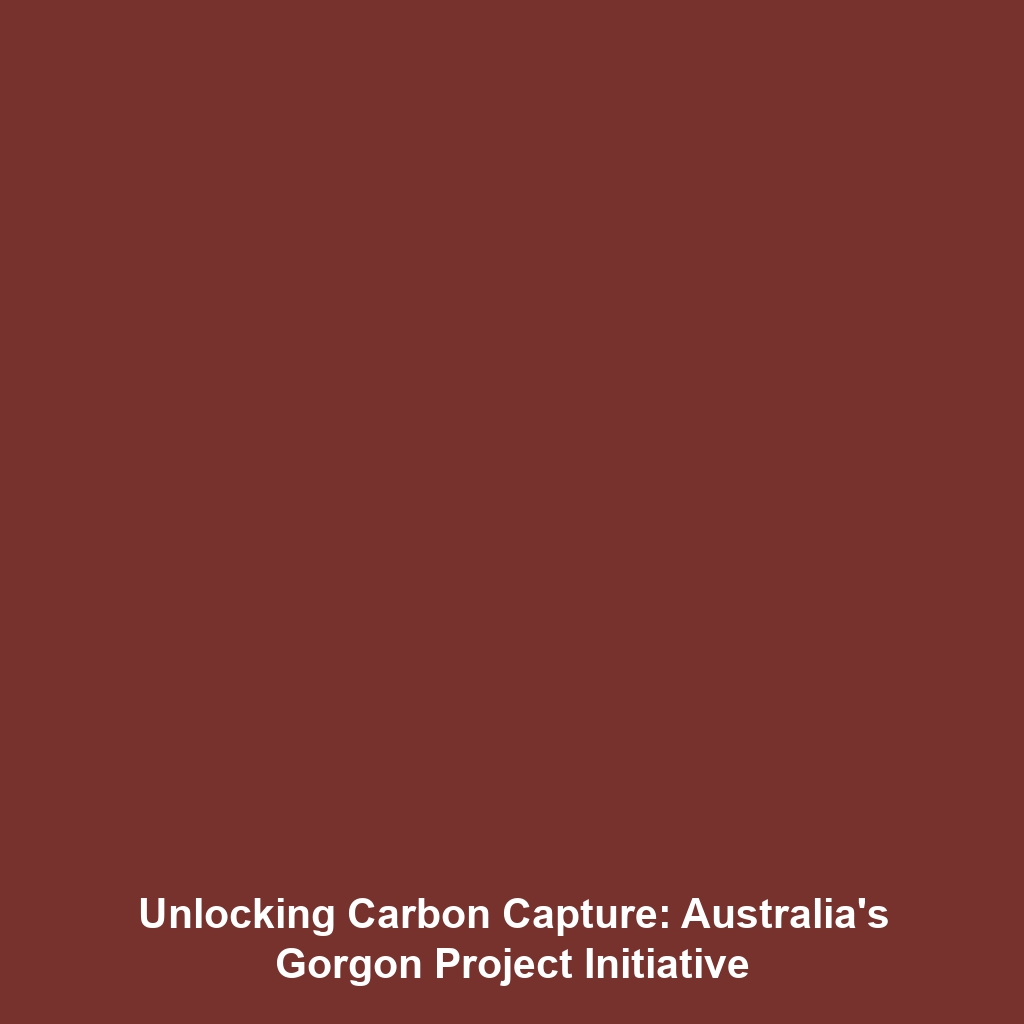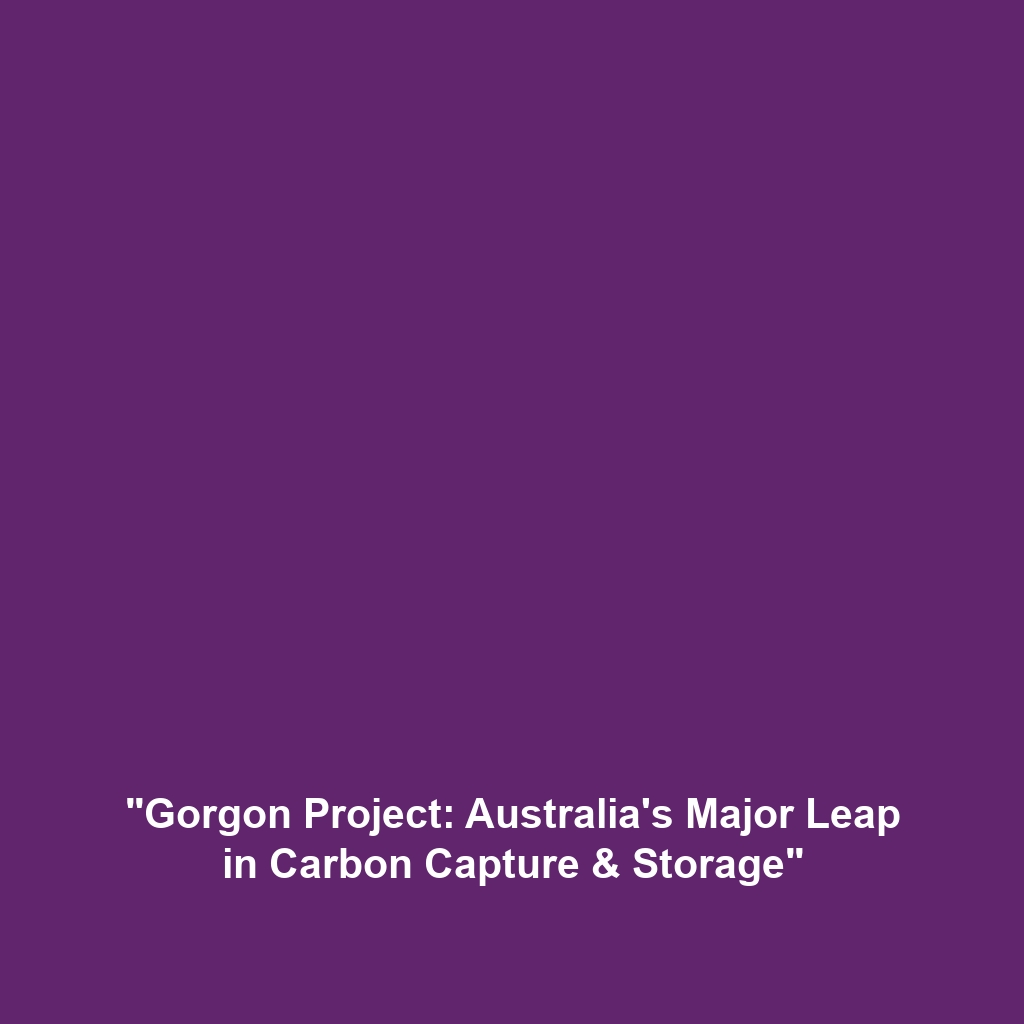Government Incentives for Carbon Capture and Storage (CCS)
Introduction
As climate change continues to escalate, Carbon Capture and Storage (CCS) has emerged as a pivotal technology in mitigating greenhouse gas emissions. Governments around the world are implementing subsidies, grants, and tax incentives to bolster the development of CCS infrastructure. This strategic financial support highlights the significance of CCS as a viable solution to reduce carbon footprints across various sectors while promoting sustainable energy practices.
Key Concepts
Understanding the framework of government incentives for CCS development requires familiarity with several key concepts:
- Carbon Capture and Storage (CCS): A method for capturing carbon dioxide emissions produced from the use of fossil fuels in electricity generation and industrial processes to prevent CO2 from entering the atmosphere.
- Subsidies: Direct financial assistance provided by governments to support the establishment of CCS projects and related technologies.
- Grants: Funds awarded by government entities that do not require repayment, aimed at stimulating innovation within the CCS sector.
- Tax Incentives: Reductions in tax liabilities provided to companies investing in CCS solutions.
Applications and Real-World Uses
Governments’ support for CCS infrastructure has resulted in significant advancements and implementations in the field. Here are key applications:
- Industrial Emissions Reduction: Many industries are leveraging CCS technologies to capture emissions, showcasing how government initiatives facilitate real-world applications.
- Enhanced Oil Recovery (EOR): CCS technologies are often used in oil extraction, where carbon dioxide is injected into wells to increase output—a practice receiving governmental backing.
- Renewable Energy Integration: CCS is crucial in integrating renewable energies, aiding in the transition towards lower carbon systems.
Current Challenges
Despite the progress, several challenges hinder the effective application of CCS and the role of government incentives:
- High Initial Costs: Developing CCS infrastructure necessitates significant upfront investment, making it less attractive without robust financial incentives.
- Public Perception: Misconceptions surrounding CCS can lead to resistance against projects, affecting funding and support.
- Infrastructure Limitations: Inadequate infrastructure for transport and storage of captured CO2 poses logistical issues.
Future Research and Innovations
Going forward, innovations in technology and policy frameworks will aim to enhance the efficacy of CCS. Noteworthy areas of upcoming research include:
- Next-Generation CCUS Technologies: Development of more efficient carbon capture methods that require less energy.
- Policy Frameworks: New policies aimed at facilitating public-private partnerships to drive innovation.
- Monitoring and Verification Technologies: Advancements in tracking and ensuring the long-term storage of captured CO2.
Conclusion
The role of government subsidies, grants, and tax incentives is crucial in developing Carbon Capture and Storage (CCS) infrastructure, as they address both environmental concerns and economic viability. Continued investment in CCS could revolutionize approaches to carbon emissions and promote global sustainability efforts. For more information on CCS technologies and government policies, please explore our dedicated CCS Innovations page.






